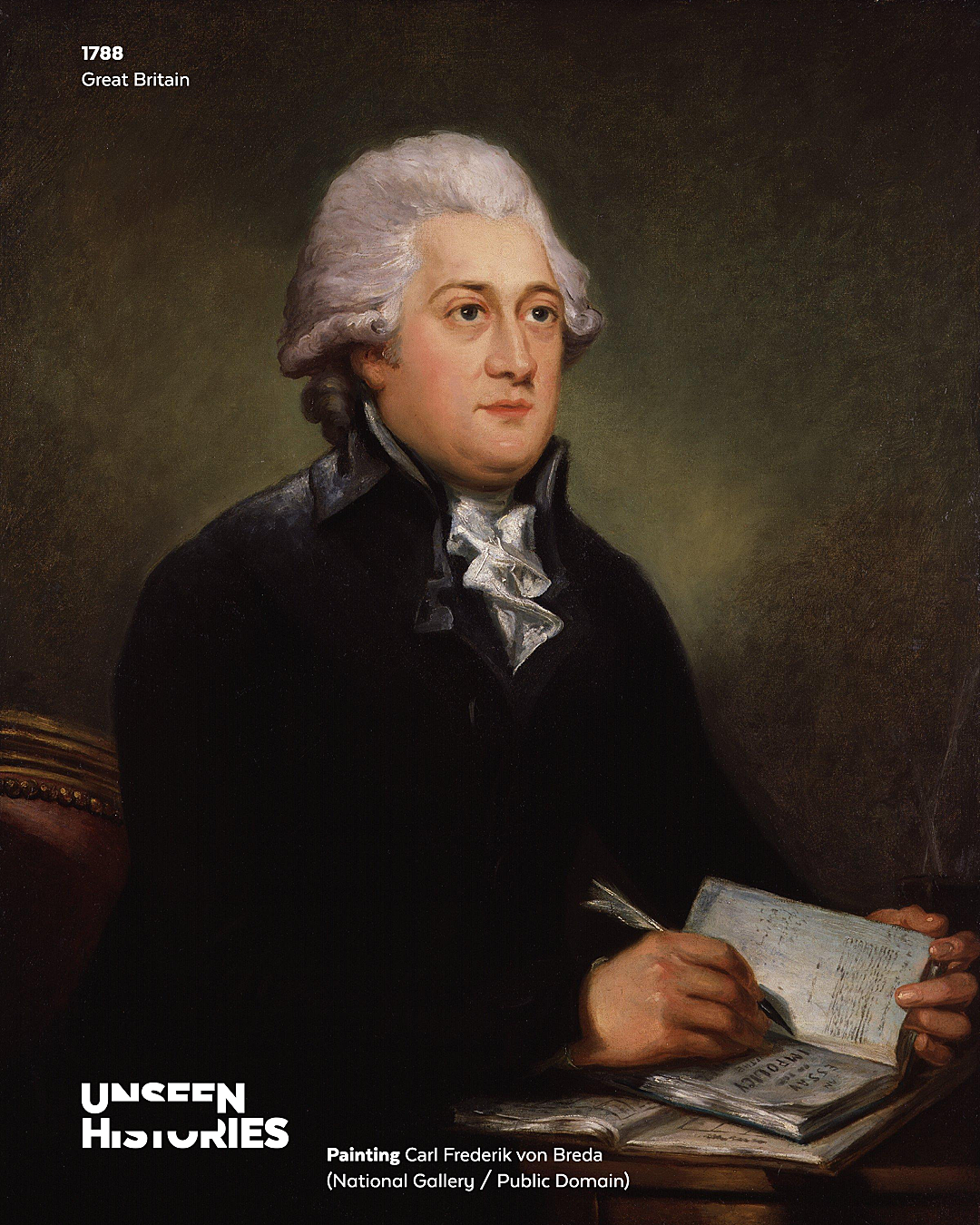Original oil on canvas by Carl Frederik von Breda (National Gallery / Public Domain)
I remember being told about Clarkson by my grandfather in my formative years when I was beginning to learn about the abhorrent trade in slavery. He is, through my grandfather’s side, one of my ancestors, one of the original slave abolitionists, and born 28th March, 1760 in Cambridgeshire.
Contemplating a Latin essay writing competition at the university, Clarkson began to question the validity of the slave trade, a practice wholly endorsed by the British at the time.
“[T]he subject of it almost wholly engrossed my thoughts. I became at times very seriously affected while upon the road. I stopped my horse occasionally, and dismounted and walked. I frequently tried to persuade myself in these intervals that the contents of my Essay could not be true. The more however I reflected upon them, or rather upon the authorities on which they were founded, the more I gave them credit. Coming in sight of Wades Mill in Hertfordshire, I sat down disconsolate on the turf by the roadside and held my horse. Here a thought came into my mind, that if the contents of the Essay were true, it was time some person should see these calamities to their end.” – Thomas Clarkson, 1785
Clarkson’s essay was well received, particularly by the Quakers who agreed with his views. Over the next several years, Clarkson travelled extensively across the kingdom’s ports, interviewing thousands of seaman who had seen the abhorrent practice firsthand. His lectures were accompanied by the ‘tools of the trade’ to the general shock of the public. Working with other groups and politicians, Clarkson campaigned for years in, and in 1807, the Slave Trade Act was finally passed; officially ending the practice in Britain. Clarkson then expanded the campaign further afield into Europe, targeting the Spanish and French in particular.
This painting has been cropped from the original public domain reproduction.
